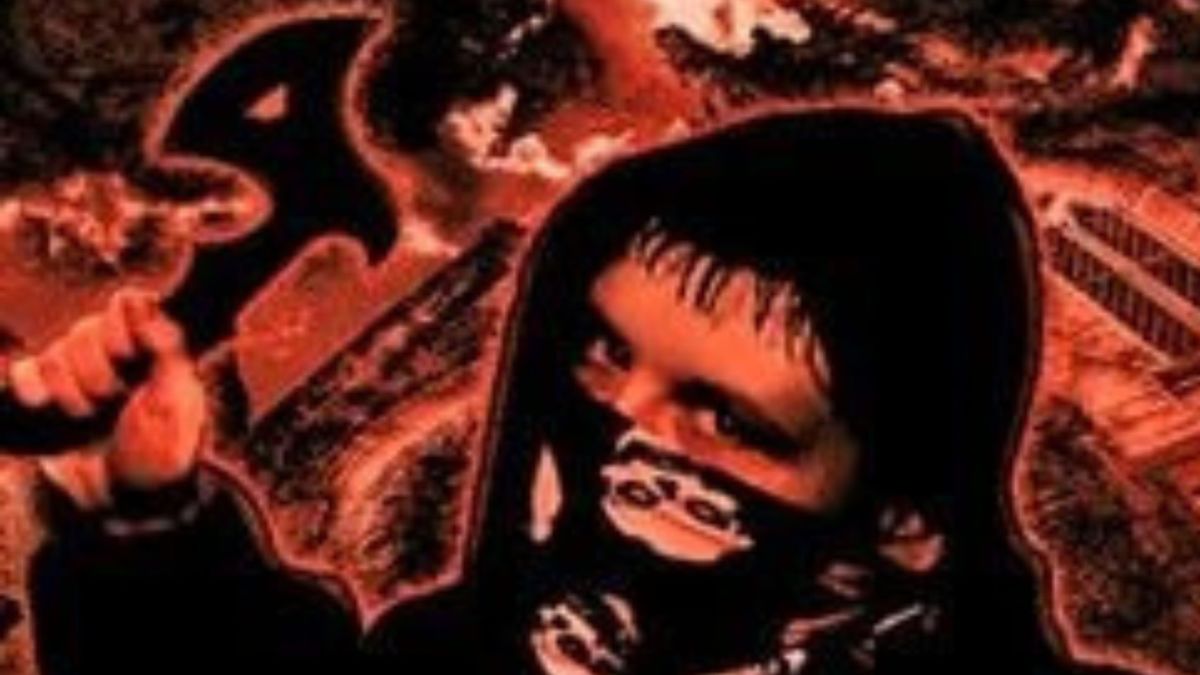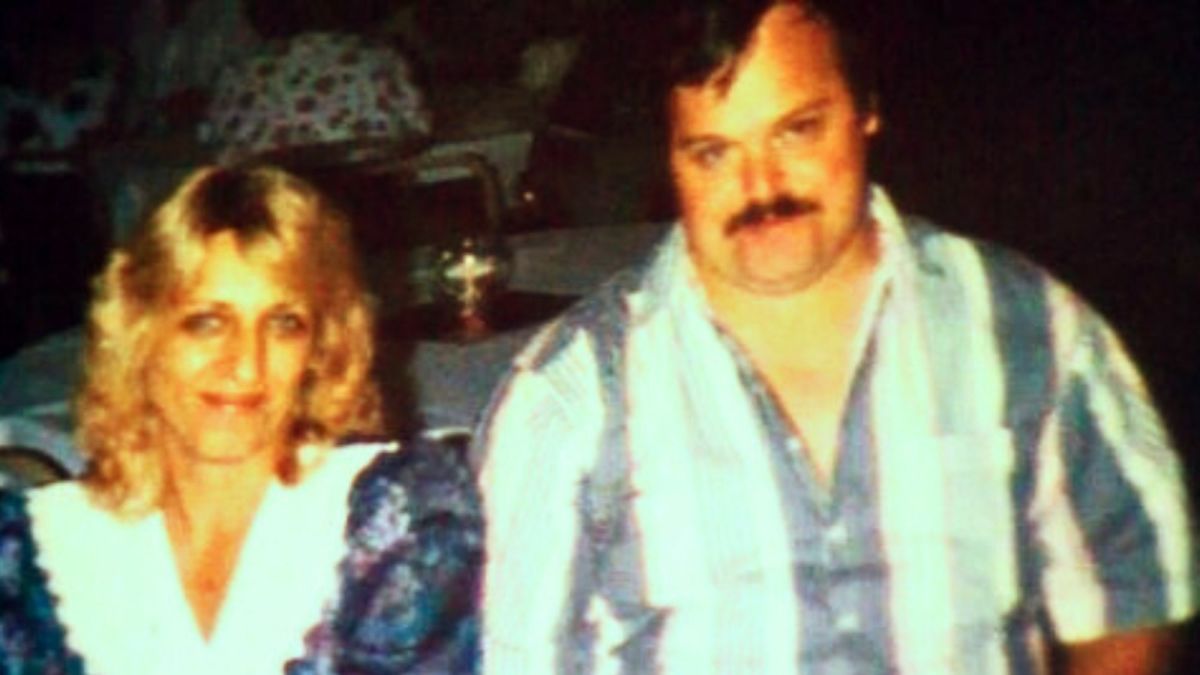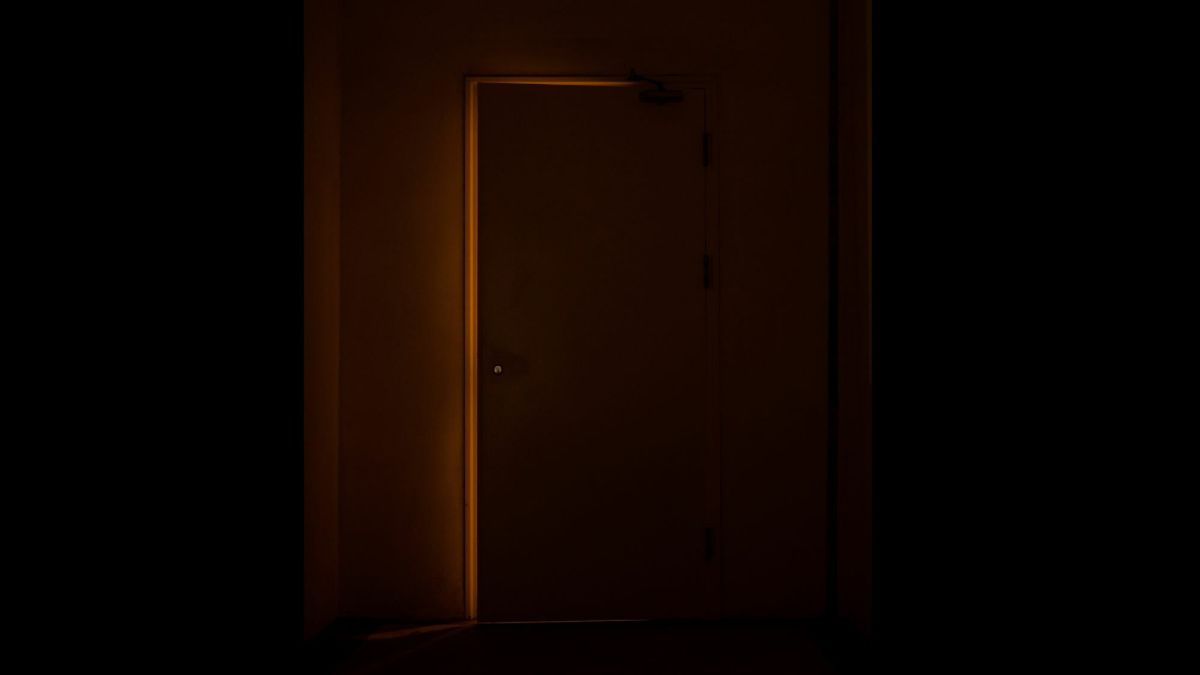The Real Project X: How a 16-Year-Old’s Facebook Invite Sparked a Riot in the Netherlands

Introduction: When a Birthday Party Becomes a Battlefield
It all started as an innocent idea: throwing a 16th-birthday party and invite just a few friends. However, by the night of September 21, 2012, the small Dutch town of Haren was overrun by thousands of teenagers, riot police, water cannons, and flaming debris. Streets were left vandalized, cars torched, and stores looted. All because a 16-year-old girl forgot to mark her Facebook event invitation as "private."
This is the true story of Project X Haren - a real-life disaster named after the 2012 American film "Project X," which glamorized an out-of-control teenage party. However, this time it didn't end with movie credits. Just shattered storefronts, traumatized residents, and a national reckoning on social media's power to incite chaos.
The Innocent Beginning – Merthe’s Birthday
It all started with Merthe Weusthuis, a 16-year-old girl living in the quiet town of Haren in the northern Netherlands. Like many teens, she planned to celebrate her 16th birthday by inviting some friends over for cake and music. To coordinate the event, she created a Facebook invitation. Unfortunately, instead of making it private or restricted, she accidentally marked the event public. In just a few days, the invite- originally just for 78 friends - started gaining traction online. And not just among the Haren community. Word spread all throughout the Netherlands. The event grew into the thousands, drawing the attention of trolls, troublemakers, and media outlets. To make it worse, a man renamed the event: "Project X Haren," a nod to the American movie that had arrived in theaters just six months earlier.
From Facebook Hype to National Panic
As the days passed and the RSVPs continued to skyrocket, the situation spiraled out of control. Fake flyers began appearing online promoting DJs, alcohol, and wild partying. Facebook pages were created and hashtags started trending.
Dutch police and government officials began to take notice. Merthe’s parents, realizing the magnitude of what was happening, publicly canceled the party and pleaded with people not to come. Sadly, the damage had already been done. The event had gone viral. The local authorities were preparing for the worst, but they couldn't have predicted what was coming to their small town. Residents were warned and local businesses closed early. Haren brought in police from neighboring regions to use as backup. Still, teenagers kept arriving.
September 21st – The Night of Chaos
By September 21, 2012, Haren was overtaken by more than 5,000 partygoers - many who arrived intoxicated and rowdy. As it became clear that there was no actual party and Merthe was not even there, frustration set in and turned to aggression. Crowds then gathered on the main street. Fights broke out, bottles flew and fireworks landed inside buildings. A local supermarket was destroyed and bonfires burned on the streets.
Police attempted to disperse the crowds with water cannons, batons and tear gas. However, the number of rioters overwhelmed them. Social media fanned the flame of the chaos in real time. Live updates appeared on Facebook and Twitter.
The Aftermath – Shock, Damage, and Questions
As the sun rose on September 22, 2012, the quiet town of Haren looked like a war zone. Glasses littered the streets. Shop windows had been smashed. Debris smoldered in the alleys. More than 500 police officers were dispatched in an attempt to regain control and over 30 people had been arrested during the chaos. Dozens were left injured, including some police officers. The cost of the destruction reached more than €1 million ($1,174,225), leaving residents and local authorities reeling.
The small town was left in shock. Haren once a quiet, small town - a place where nothing much ever happens, turned into a global headline. For many residents, the psychological impact lingered long after that fateful day. People who lived in Haren, struggled to reconcile their peaceful town with the riot footage that aired on every news channel. Business owners were faced dealing with damages and homeowners were forced to deal with their property being vandalized.
Following the event, fingers pointed the blame at plenty of people. Some blamed Facebook for making it easy to share and spread events. Others went after the media for sensationalizing the situation. Many in the community were angry at the teenagers who saw the canceled event as an invite to wreak havoc. More importantly, people began to ask how had this happened in the first place? Why wasn't local law enforcement more prepared. Merthe and her family, overwhelmed and terrified, were forced into hiding due to intense media pressure and threats from online trolls.
While she had done nothing wrong, Merthe became the face of a national disaster. She ended up issuing a brief statement to the media, expressing her sadness and shock over what had happened.
The "Project X" Phenomenon – Art Imitates Life, Then Reverses It
Project X Haren became so infamous because of the way which real life mimicked fiction. Only six months earlier, Warner Bros. released Project X, a teen comedy that turns a house party into an apocalyptic disaster. It featured police raids and viral video moments. Teenagers across Europe were obsessed with it. So when people found Merthe's Facebook event "Project X Haren," essentially issuing an open invitation to chaos.
Media Coverage and Global Reactions
News of the riot spread like wildfire across the globe. Outlets including BBC, CNN, and Al Jazeera covered it extensively. The images were unbelievable: a small town engulfed by fire and fury, all because of a Facebook event not posted private.
Dutch police end up being criticized for being unprepared despite the warning signs. Social media platforms received scrutiny over how viral content could be weaponized. Memes had exploded across social media and people had plotted their own "Project X" parties in other towns.
Legal Fallout and Social Reflection
As the dust eventually settled, Dutch prosecutors took a hard line and convicted dozens of rioters for vandalism, assault, and theft. Some received sentences to community service, while others received jail time. One 19-year-old received a six-month sentence for throwing bottles at the police. Dutch government held a formal inquiry into what went wrong and how it could be prevented. Merthe, who had never intended to cause any harm, was cleared of legal responsibility but lived with the emotional burden for years.
The Party That Wasn’t
There was no cake, no gifts, no music. Only broken glass, burning streets, and a 16-year-old whose birthday became a global symbol of hysteria. Project X Haren reminds us that a world ruled by social media can be blurred between reality and spectacle. What started with a simple Facebook invitation - ended with a community on fire.








